Are Compression Leggings Good for Flying? Benefits + Tips
Written By Alecsa Stewart
Scientifically Reviewed by Daniel Chantigian
It is time to fly to a dream destination for your next vacation. You’re all packed and ready to go, but are you dreading arriving with swollen ankles and sore legs? Well, you’re in luck! Compression leggings can prevent swollen legs or ankles when flying!
Whether you fly regularly or are preparing for a long-distance trip, wearing compression garments - especially on the legs - reduces the risk of blood clots and swelling, while soothing the muscles. Compression socks are a classic solution for long-haul flights; but full-length leggings give the added benefit of being a full piece of clothing for the lower body, which you can style easily with any outfit. They also support circulation throughout your legs instead of just the lower legs.
Find out why you should wear compression leggings when flying and how to make the best choice for you below.
Are Compression Leggings Good for Flying?
Flying increases our risk of developing blood clots, which can be very dangerous for our health (potentially leading to deep vein thrombosis and other complications). According to multiple studies including a 2021 report, compression garments such as leggings or knee-high socks reduce the risk of blood clots, improve circulation, and increase comfort when flying.
In addition to compression benefits, wearing compression leggings for flying gives you added style points and helps you look good in any setting as you cross time zones. You can wear them safely for as long as you are comfortable, so they are ideal for long-haul flights or layovers in airports, too.

Shop stylish leggings for your next flight
The Science Behind Compression Leggings for Flying
Compression leggings apply therapeutic pressure to the legs, which stimulates blood flow and reduces the risk of swelling and discomfort that can occur from gravitational pressure or poor circulation. Clinical reports have also shown that graduated compression is effective for supporting venous return (i.e., helping blood flow back to the heart). How compression supports venous return is what reduces the risk of blood clots and edema.
When a compression garment is graduated, this means it is tighter at the ankles and gradually releases pressure towards the waist (in the case of tights or leggings). Our Vim & Vigr compression tights are all graduated, which supports venous return and improves overall comfort levels when flying. It is more supportive than elevating your feet to soothe them after a long day - which is especially great because you don’t have the space to do that on an economy flight!
The Benefits of Wearing Compression Leggings for Air Travel
They are comfortable, stylish, and effective for preventing circulatory problems during flying. Here are the top benefits of wearing compression tights or leggings when you fly, regardless of the length of your journey.
Improved Blood Circulation
The main benefit of compression lies in its ability to boost blood flow while supporting the leg veins. While clinical studies have found that knee-high compression socks reduce ankle and lower leg swelling, promoting blood flow back towards the heart, wearing full-length leggings supports your veins throughout the upper legs and pelvic area.
Graduated compression leggings help prevent blood and fluid from pooling at the ankles and in the lower body. This reduces your risk of exposure to blood clots, varicose veins, and DVT. Additionally, while wearing your leggings on a flight, you are promoting recovery for the muscles after walking around and standing in airport queues.
Reduced Leg Swelling and Fluid Retention
Long-haul flights and extended periods of inactivity can put pressure on the circulatory system, which causes blood and fluid to pool around the ankles or the lower legs. Wearing compression garments is extremely helpful here since this type of tights will stimulate blood flow to support your circulatory system. Flight attendants report that lightweight compression helps alleviate swelling and discomfort on planes. This is why wearing a versatile everyday level of compression garments - such as our Vim & Vigr compression tights - can make a positive difference for your comfort and health.

Try compression tights that look stylish and feel great on a plane.
Reduced Risk of Deep Vein Thrombosis
Compression tights support a healthy circulatory system by reducing the risk of blood clots and, therefore, of DVT.
Deep vein thrombosis (DVT) occurs when a blood clot forms in a deep vein within the body (usually the legs), leading to pain or swelling. The Center for Disease Control (CDC) warns that anyone traveling for longer than 4 hours (by plane or otherwise) is at risk of blood clots and could develop DVT. Doctors often recommend wearing compression leggings or socks as a preventative measure.
Relief from Leg Discomfort and Fatigue
When you’re on your feet for a long period of time, the first thing you’re probably thinking about doing is elevating your legs to help them recover. Unfortunately, after long airport lines, you cannot do that on a flight.
Fortunately, compression tights can help you relax by soothing aching muscles even in a cramped economy seat. Just like athletes can benefit from the therapeutic pressure to help reduce muscle soreness, long-distance travellers can rely on them for a more comfortable flight.
Fashionable Comfort and Support
An added benefit of compression leggings is that they can look great with any outfit, elevating your airport style. They support the muscles, joints, and pelvic area, and they look like any tight-fitting pants. So, they can be worn as part of a cute ensemble for long-haul flights.
Temperature Regulation
Compression leggings and socks help regulate blood pressure in the veins and keep blood flowing throughout the body. This means that you are less likely to get numb, cold feet and legs from the plane’s air conditioning, or from not moving your legs for extended periods of time. Compression tights (which can also cover your feet) are ideal for this since they include a circulation boost to your feet.
Choosing Compression Leggings for Flying
Long-haul flights cause you to sit for prolonged times. When you are feeling crammed in a seat and have sore legs, remember, compression leggings and tights can remove the swelling, discomfort, and “pins and needles” Sensations. Here are our key tips for buying the best pair of compression leggings for flying.
Understanding Compression Levels
Compression levels are labelled in mmHg, which indicates how tight the garment will feel. At Vim & Vigr, our leggings and tights start at 15-20 mmHg, which is lightweight enough to feel comfortable all day long Scientific research has found that more than 10 mmHg of pressure gives you the benefits of reduced swelling and preventing blood clots or deep vein thrombosis. You can even wear these for 24 hours at a time if you want.
For tighter compression and a better control on pain and swelling, you may consider going up to 20-30 mmHg. These are particularly recommended if you have already had DVT or a blood clot. They are firmer, but still comfortable and flexible enough to wear on a flight.
Those patients who suffer from circulatory problems and are recommended to do so by their doctor can also look to buy medical grade compression socks (30-40 mmHg). You will need a prescription for these, so consult with a healthcare professional first.
Finding the Correct Size and Fit
It is crucial that your compression leggings are tight enough, so you get the benefits of therapeutic pressure on your limbs. However, many people end up feeling uncomfortable because they do not get the right size and end up having them be too tight. Now you know how to pick the right compression level for you, the next step is to consult our sizing chart, where we have mapped the typical height and weight values against our compression leggings sizes.
Always make sure you are comfortable with the fit and that there is no bunching or folding. Start by wearing your compression leggings for a couple of hours the first time, especially if you are new to this type of garments. Then gradually extend that until you are ready for your flight. And remember: your tights should not cut off your circulation, but they should not feel loose either! A gentle, but firm, hug is what you should feel.

Shop high-quality stylish tights for your next long-haul flight.
Fabric and Design Features
Another element to consider is the material your leggings are made of as well as their overall design. Those who want to pair their leggings with flip flops or different types of socks and shoes will benefit from wearing the classic footless tights, which go with pretty much any outfit. But there’s also the option of full-length compression tights that cover the feet, adding some more support for the feet and ankles. These also look good with dresses and skirts, all while delivering the benefits of compression as you settle in for your flight.
At Vim & Vigr, we believe in flexibility and comfort when wearing your compression garments. This is why our tights are all made from sleek nylon that easily moves with your body and can be worn while working out, walking around, or relaxing. Besides, it is a comfortable, breathable fabric that will not cause you to overheat or get a rash.
Tips for Wearing Compression Legs on a Flight
Compression tights are comfortable, versatile, and stylish, all while they support your circulatory system during flights and prolonged periods of inactivity. You can wear them for shorter flights as well as on your way to the airport and on your onward journeys. There is really no downside if you have the right size for you.
When to Wear Compression Leggings for Flying
You can plan to wear your graduated compression tights from the moment you dress for your flight. Wearing them in advance of the flight soothes the muscles while boosting blood flow. This is particularly good when you must wait in long lines at the airport or are wandering around before boarding your flight. It is all time on your feet, and the leggings will keep you supported even before you sit down for your flight.
Compression tights are safe to wear for 24 hours if you choose to do so.
Styling Travel Outfits with Compression Leggings
Wearing compression leggings is an effortless way to ensure your legs are supported throughout a flight and to keep your circulatory system healthy. They are also a terrific way to level up your airport wardrobe, allowing you to wear something more stylish than sweatpants, no matter how long you’re traveling for.
Pair up your black tights with oversized sweaters or hoodies and wear comfortable sneakers for an athletic, yet “dressed up” look. Or wear a nice summer dress and sandals in summer. Either way, your choice of how you wear compression leggings still allows you to enjoy comfort, a blood flow boost, and soothing massage to the limbs throughout your flight (and before and after!).
Pair with Hydration and Movement
Finally, let us not forget that the negative effects of flying are also caused by dehydration and lack of movement. Wearing compression leggings reduces the impact of prolonged sitting by preventing ankle swelling and blood pooling. However, it is good practice to help your body out as much as you can by moving when possible and drinking enough water.
We recommend performing some easy stretches every now and again: a standing calf stretch in the aisle, rotating your ankles both ways several times while you sit, and pointing your toes and flexing the ankles - all help to get the blood moving and prevent cramping.
Additionally, and especially if you have layovers or have to wait a long time at the airport before or after your flight, ensure you do not spend all that time sitting down. Take a walk, do some light stretching, and get the body moving to stimulate blood flow and prevent aches and stiffness.
As for hydration, although this can depend on your diet, the climate, and personal medical conditions, try to drink as much water as possible during and before/after flights. And avoid meals heavy in salt (which can thicken the blood and make circulation more sluggish) and caffeinated drinks.
–
Wearing a pair of high-quality compression leggings for flying will help you feel better and look stylish at the same time. They provide full-length circulation support while gently massaging the leg muscles and supporting the joints. Enjoy less swelling and discomfort, all while looking your best on your next flight.
References
Clarke, M. J., Broderick, C., Hopewell, S., Juszczak, E., & Eisinga, A. (2021). Compression stockings for preventing deep vein thrombosis in airline passengers. The Cochrane database of systematic reviews, 4(4), CD004002. https://doi.org/10.1002/14651858.CD004002.pub4
Engel, F. A., Holmberg, H. C., & Sperlich, B. (2016). Is There Evidence that Runners can Benefit from Wearing Compression Clothing? Sports medicine (Auckland, N.Z.), 46(12), 1939–1952. https://doi.org/10.1007/s40279-016-0546-5
Lim, C. S., & Davies, A. H. (2014). Graduated compression stockings. CMAJ: Canadian Medical Association journal = journal de l'Association medicale canadienne, 186(10), E391–E398. https://doi.org/10.1503/cmaj.131281
O'Riordan, S. F., McGregor, R., Halson, S. L., Bishop, D. J., & Broatch, J. R. (2023). Sports compression garments improve resting markers of venous return and muscle blood flow in male basketball players. Journal of sport and health science, 12(4), 513–522. https://doi.org/10.1016/j.jshs.2021.07.010
Partsch, H., Winiger, J., & Lun, B. (2004). Compression stockings reduce occupational leg swelling. Dermatologic surgery: official publication for American Society for Dermatologic Surgery [et al.], 30(5), 737–743. https://doi.org/10.1111/j.1524-4725.2004.30204.x
Weiss, R. A., & Duffy, D. (1999). Clinical benefits of lightweight compression: reduction of venous-related symptoms by ready-to-wear lightweight gradient compression hosiery. Dermatologic Surgery, 25(9), 701-704. https://journals.lww.com/dermatologicsurgery/abstract/1999/09000/clinical_benefits_of_lightweight_compression_.7.aspx
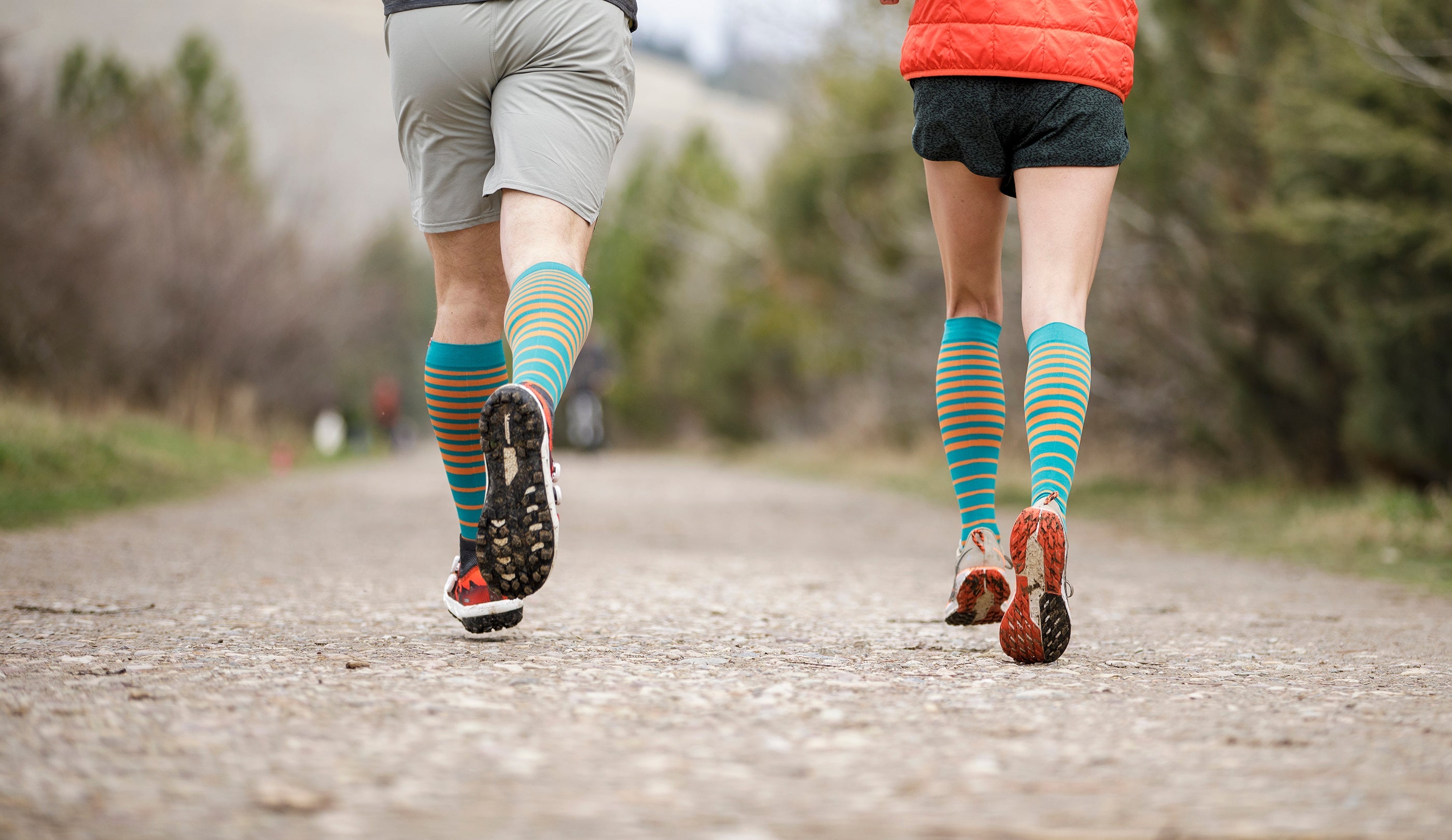
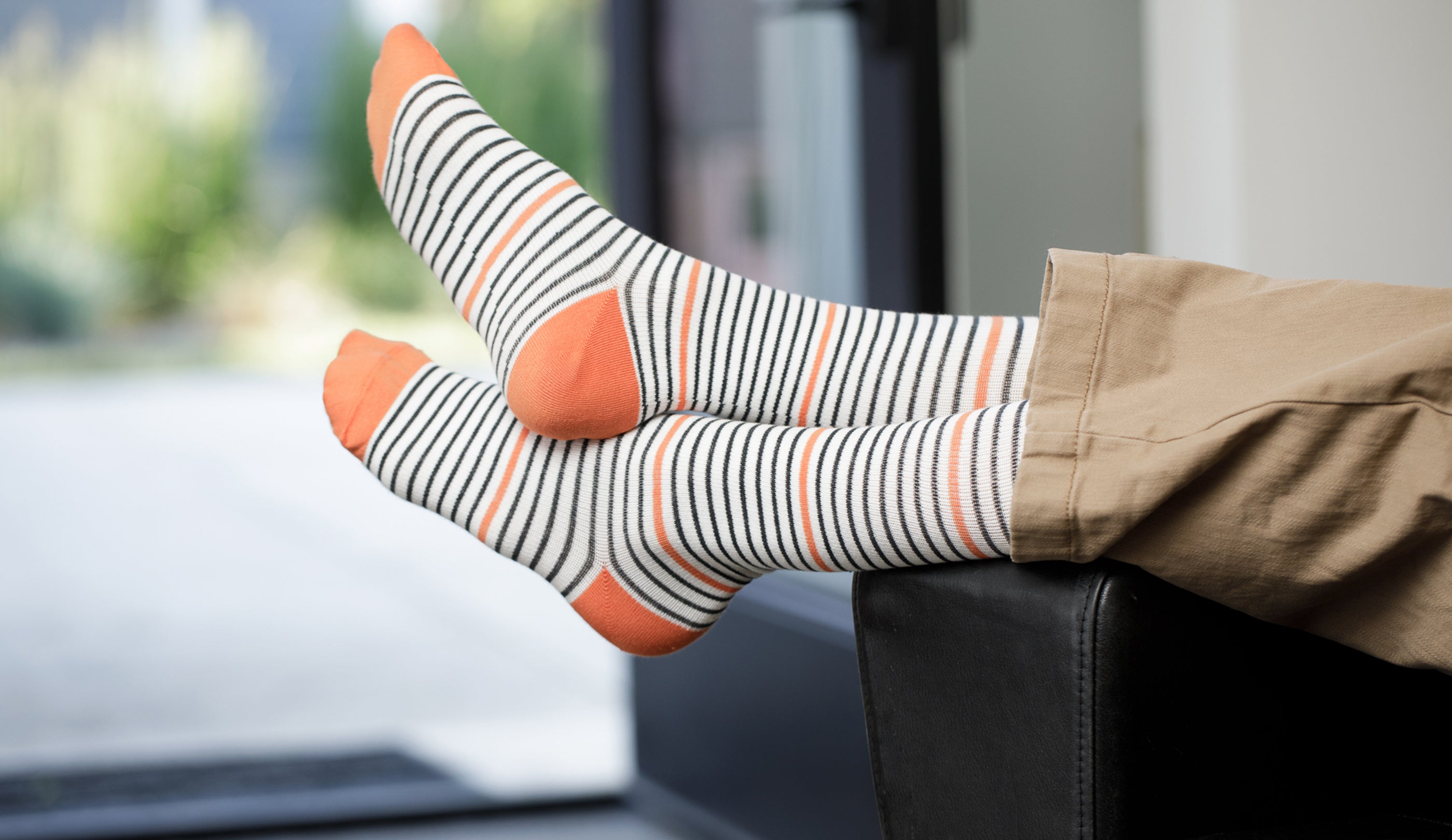
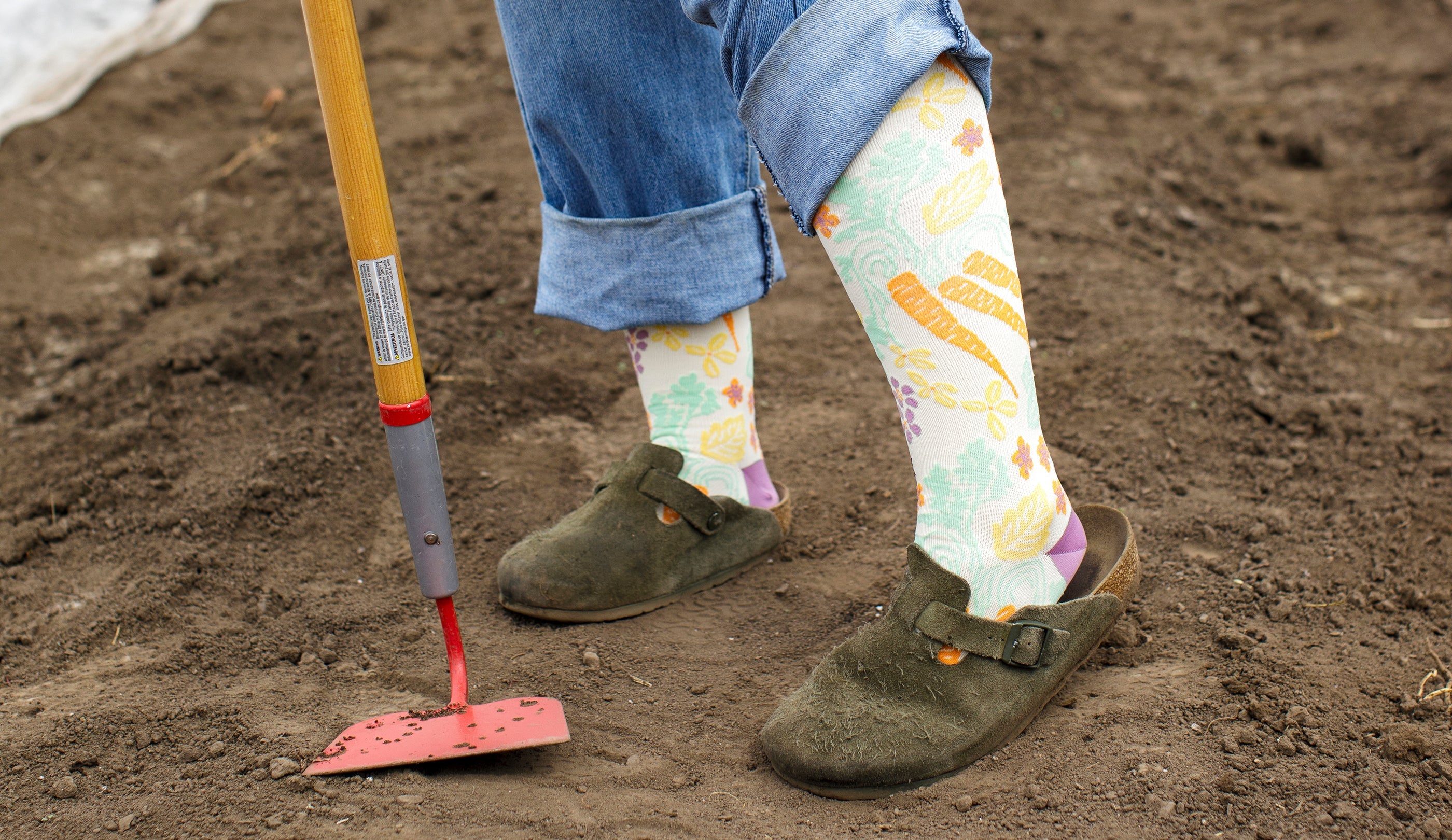
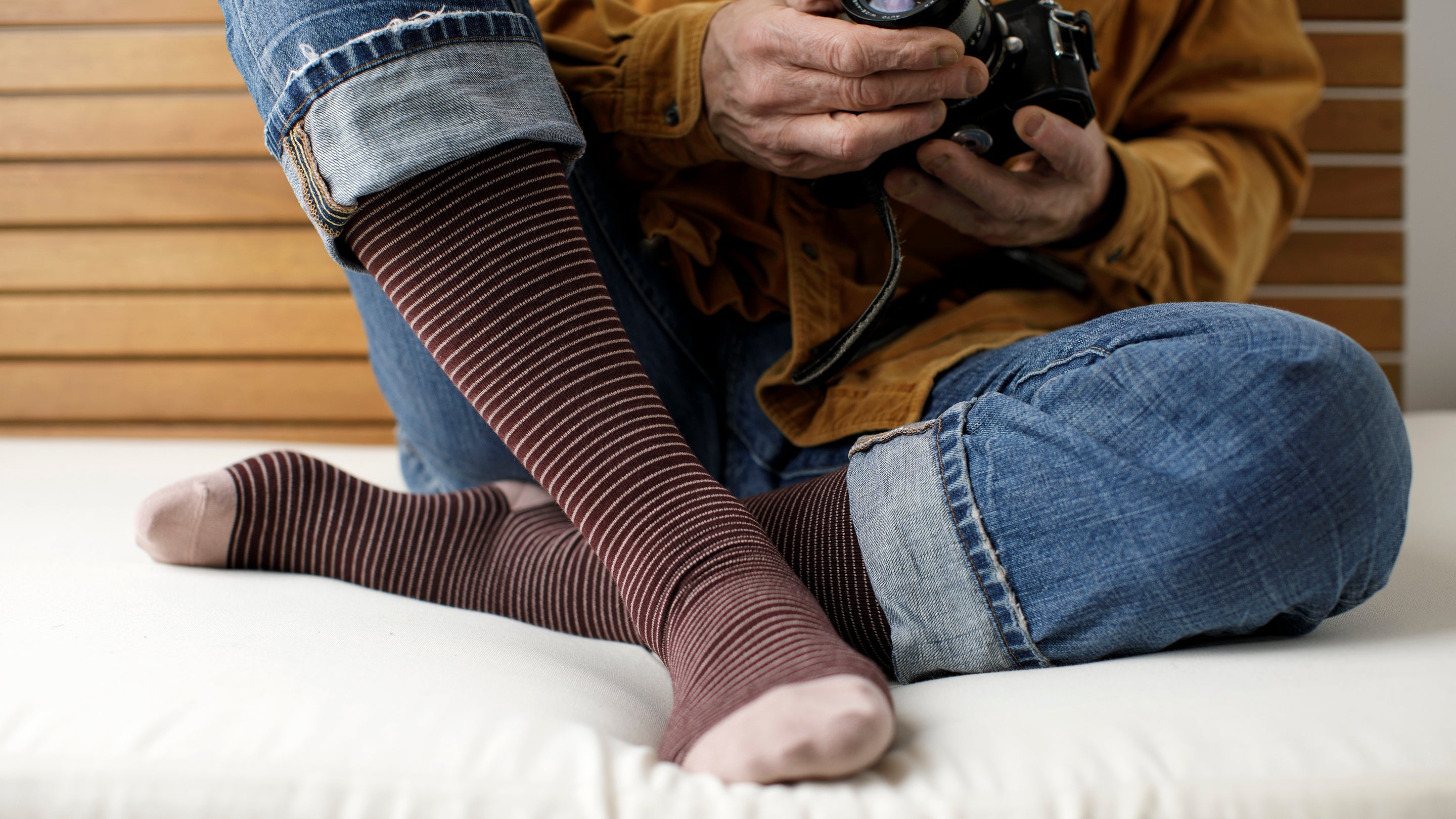
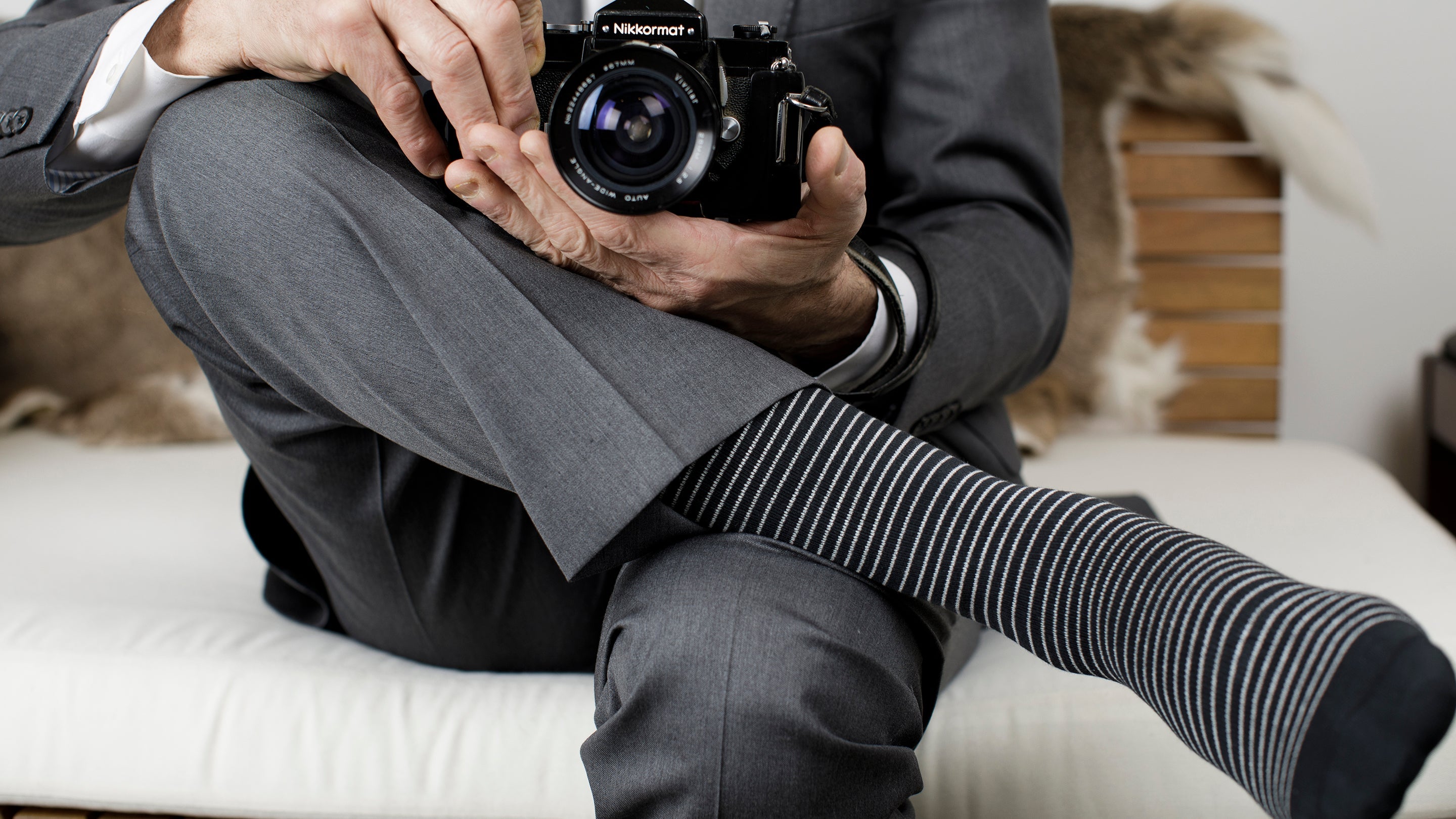


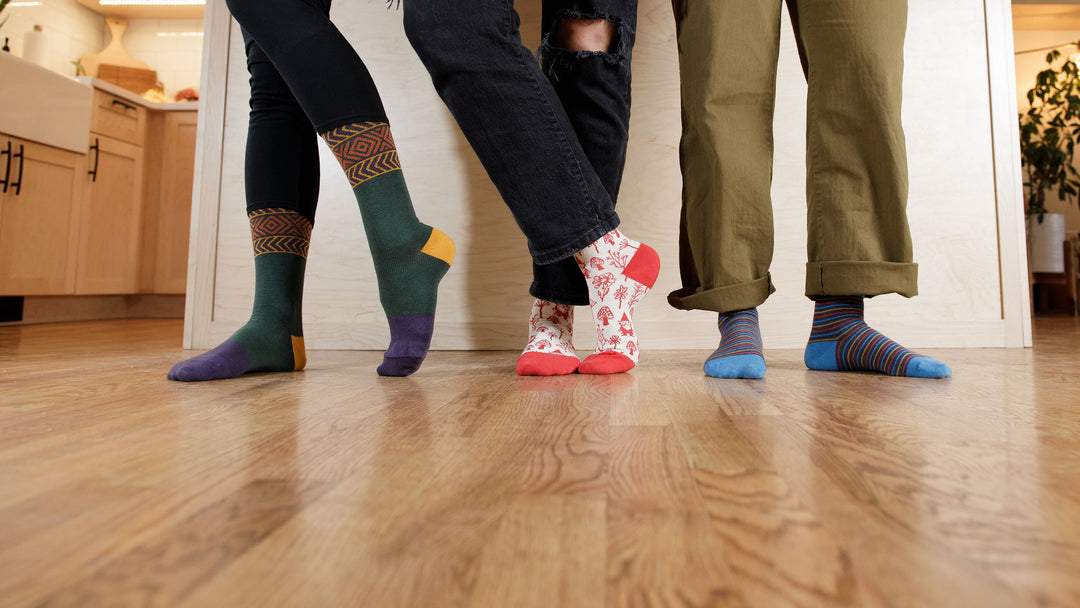

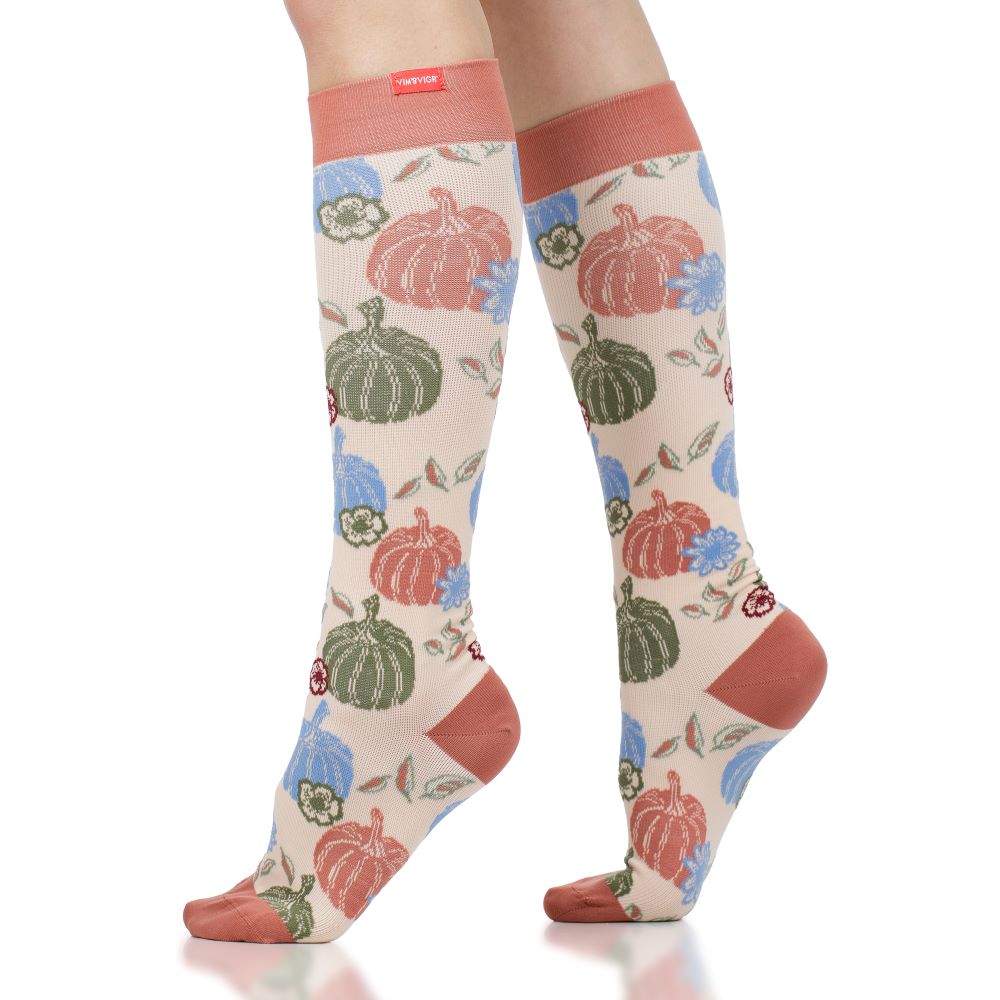
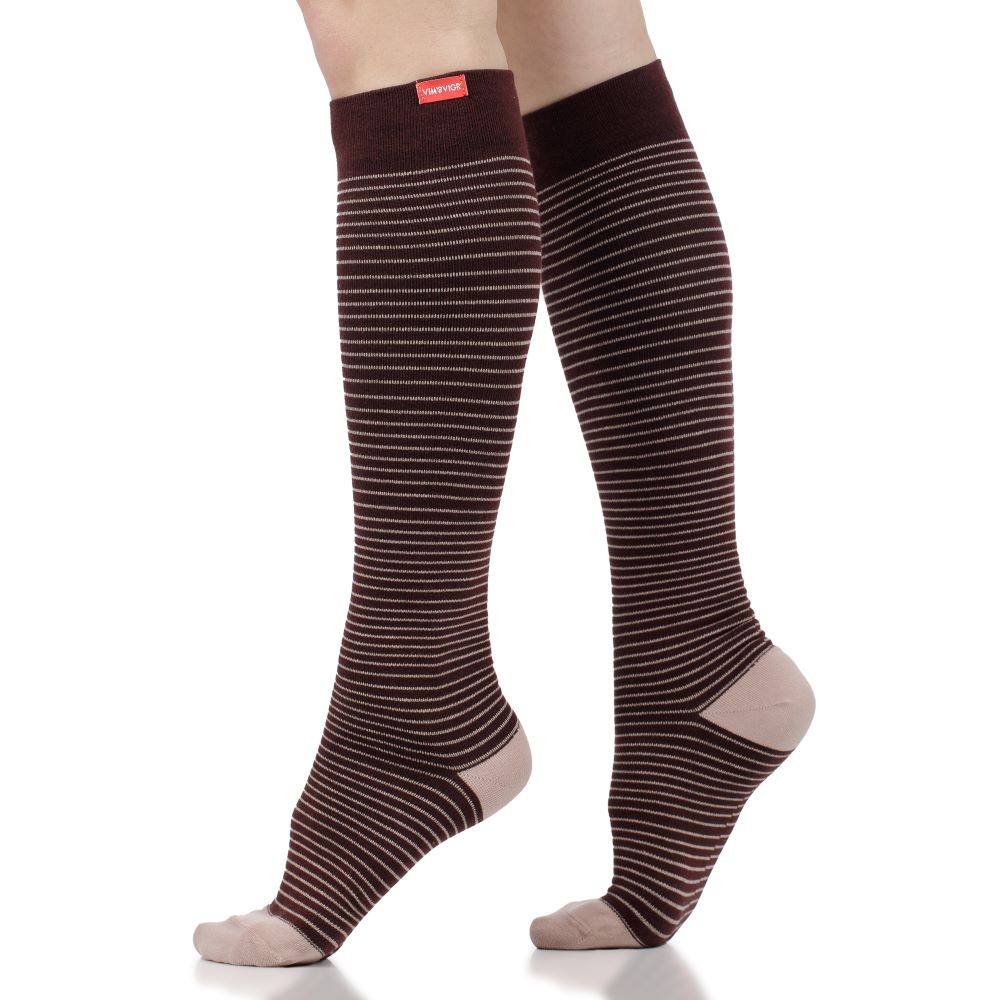
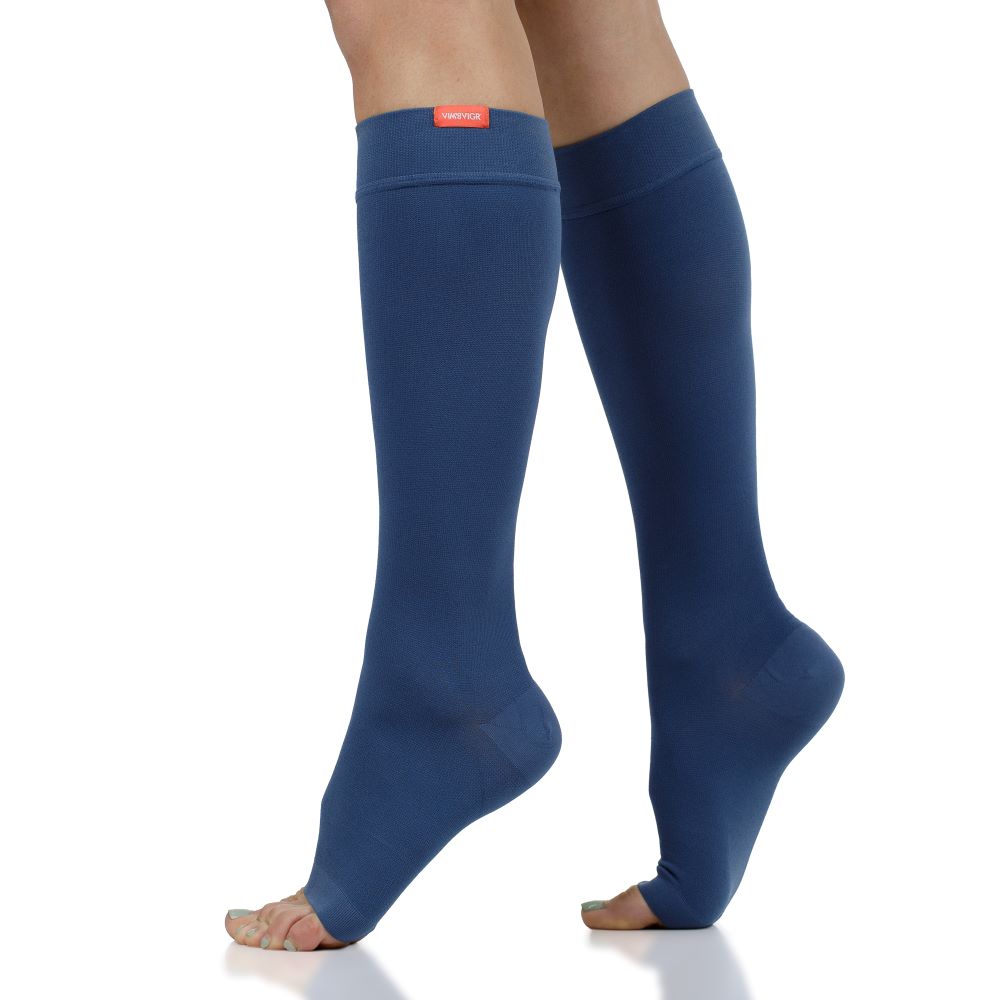




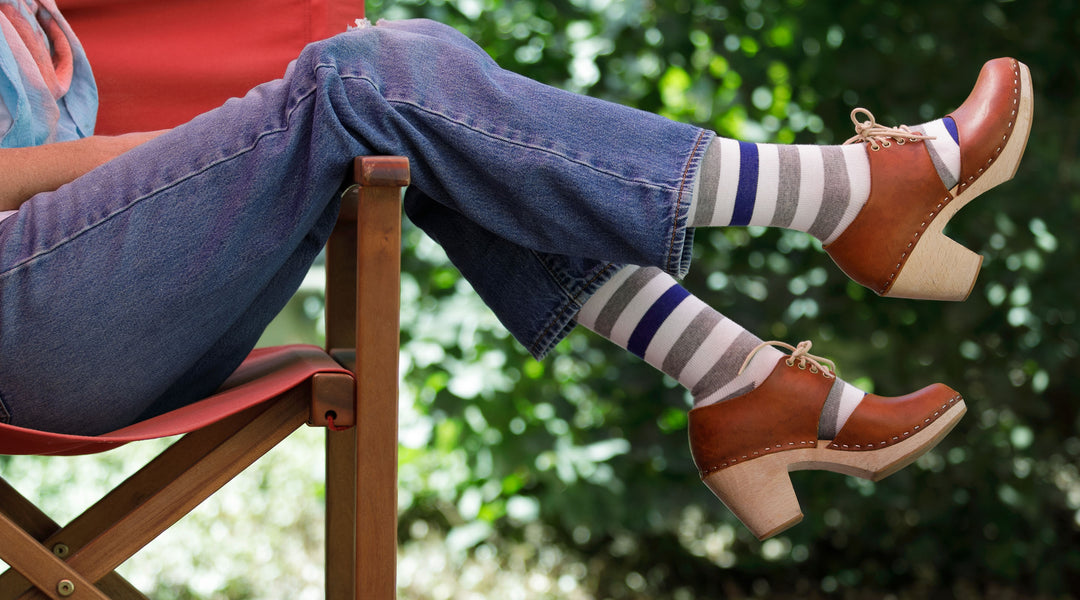
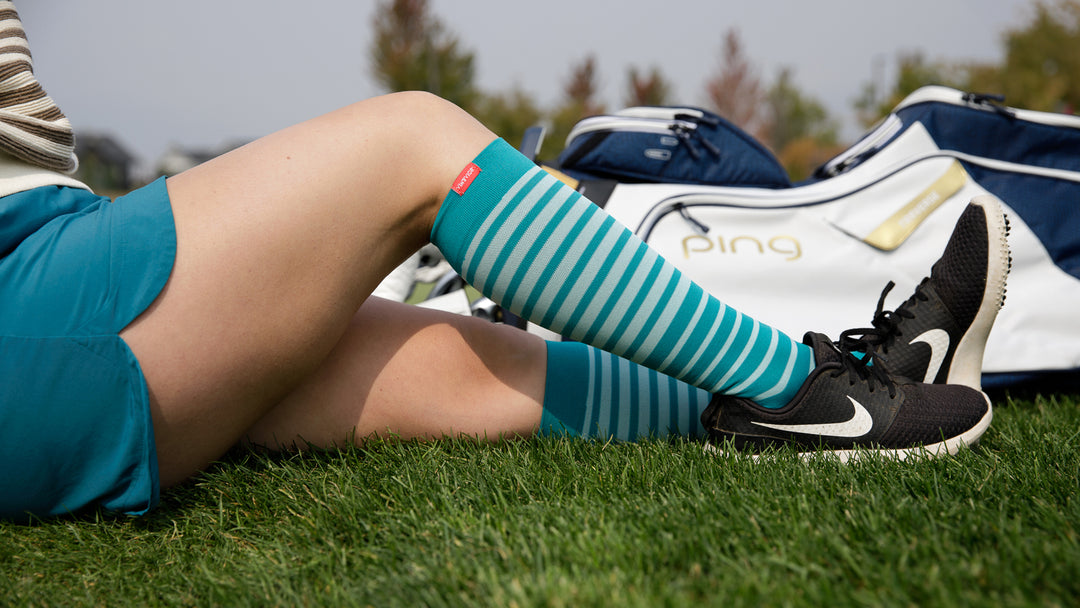
Leave a comment